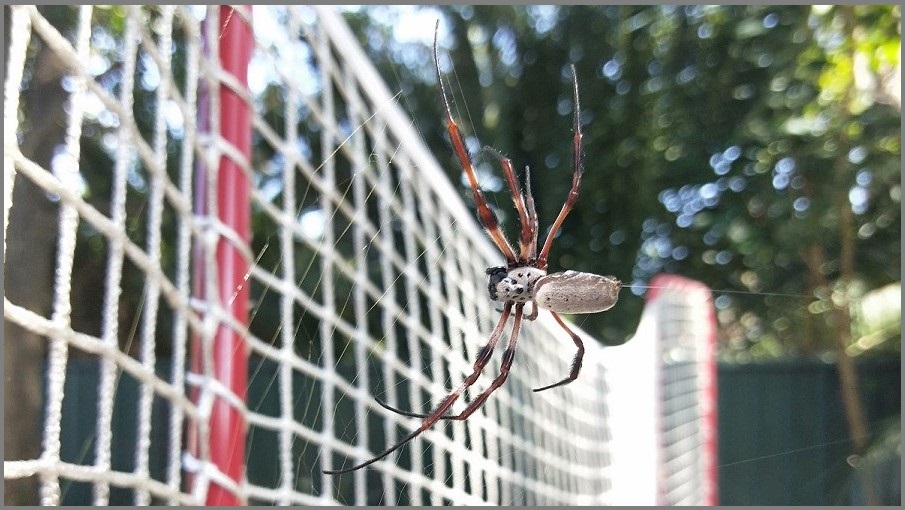In a country known worldwide as the home to all kinds of deadly animals, combining zoology and technology was perhaps inevitable – but CSIRO researchers have now officially blended the two with an app that uses computer-vision artificial intelligence (AI) to automatically identify dangerous snakes and spiders.
Built by researchers at CSIRO’s Data61 division, the Critterpedia app aims to identify Australia’s more than 170 species of snakes and 2,000 spiders from user photos.
It started out as passing thought for developers Nic and Murray Scarce, who hit upon the idea when a visiting relative quizzed them endlessly about the Australian wildlife they were seeing.
Yet in a context where correctly identifying an animal can literally mean the difference between life and death, the computer-vision algorithms are continually being tweaked to improve accuracy and specificity.
“The visual differences between two species can sometimes be quite subtle, and a great deal of training data is needed to adequately identify critters,” project lead and Data61 researcher Dr Matt Adcock explains.
Scientists have put out a public call for beta-testers to submit photos to complement the hundreds of thousands, provided by 30 snake and spider experts, that have already been used to train the system’s AI algorithm.
Ultimately, says Nic Scarce, apps like Critterpedia reflect the potential of “disruptive, top-end technology... to guide people to gain a deeper understanding of our misunderstood wildlife by providing the tools and experiences they need for a great education.”
A new view of the world
Whether you see it as a novelty or a genuinely useful educational tool, Critterpedia – supported through the CSIRO Kick-Start program that connected the developers with support from Ignite Alliance, SingularityU, Josephmark, Slipstream Commercialisation, Advance Queensland, and Startup Onramp – reflects an industry that is rapidly bringing computer vision into the mainstream.
The technology has already proved its use in apps for automatically identifying objects like plants, mushrooms, birds, coins, and many others.
It has also powered applications such as face recognition, which has delivered some heartening outcomes but has become associated with mass surveillance, police overreach and, more recently, security issues.
Yet far away from the evening-news spotlight, researchers are using computer vision to generate new useful data sets that describe the real world in novel ways.
Australian digital-mapping pioneer Nearmap, for one, has been applying AI to its continuous aerial photography service to not only generate 3D maps of built environments, but to analyse the contents of those environments to the point where an algorithm could identify the material of a particular home’s roofing tiles.
“We have algorithms looking at algorithms, and people looking at algorithms to refine the system that creates reliable and powerful models and data sets,” Dr Mike Bewley, Nearmap’s senior director of AI systems, said during the company’s Navig8 user conference this month.
By applying AI-based computer vision to Nearmap’s database of extremely high-resolution imagery, the company has facilitated business applications such as a project with NSW’s City of Ryde to measure tree canopy coverage across its surrounds.
Such analysis used to be manually intensive, with crowdsourcing offering an alternative in applications such as the platform for online users, provided by DigitalGlobe (now part of Maxar), to scour over 600,000 satellite photos for signs of missing airplane flight MH370.
Computer vision better than 20/20
With computer-vision technology improving every day, the level of information that can be extracted from photos continues to increase steadily.
AI-based image analysis is finding strong support in medical applications such as the identification of cancers, with Israeli startup Nucleai one of many such firms recently raising support from venture capitalists.
Specialised sensors are expanding the collected data even more: D-Link, for one, recently launched a thermal digital camera that can scan crowds for people with higher-than-usual temperatures.
Computer vision applications will form a key pillar of the research at the newly launched Australian Artificial Intelligence Institute (AAII), a University of Technology Sydney (UTS) facility that includes eight discrete laboratories including a dedicated Recognition, Learning and Reasoning Lab (ReLER Lab).
The AAII will, director and distinguished professor Jie Lu said, “further enhance Australia’s reputation in AI, particularly machine learning, which is having such a transformational impact on many areas of science, the economy and society.”










